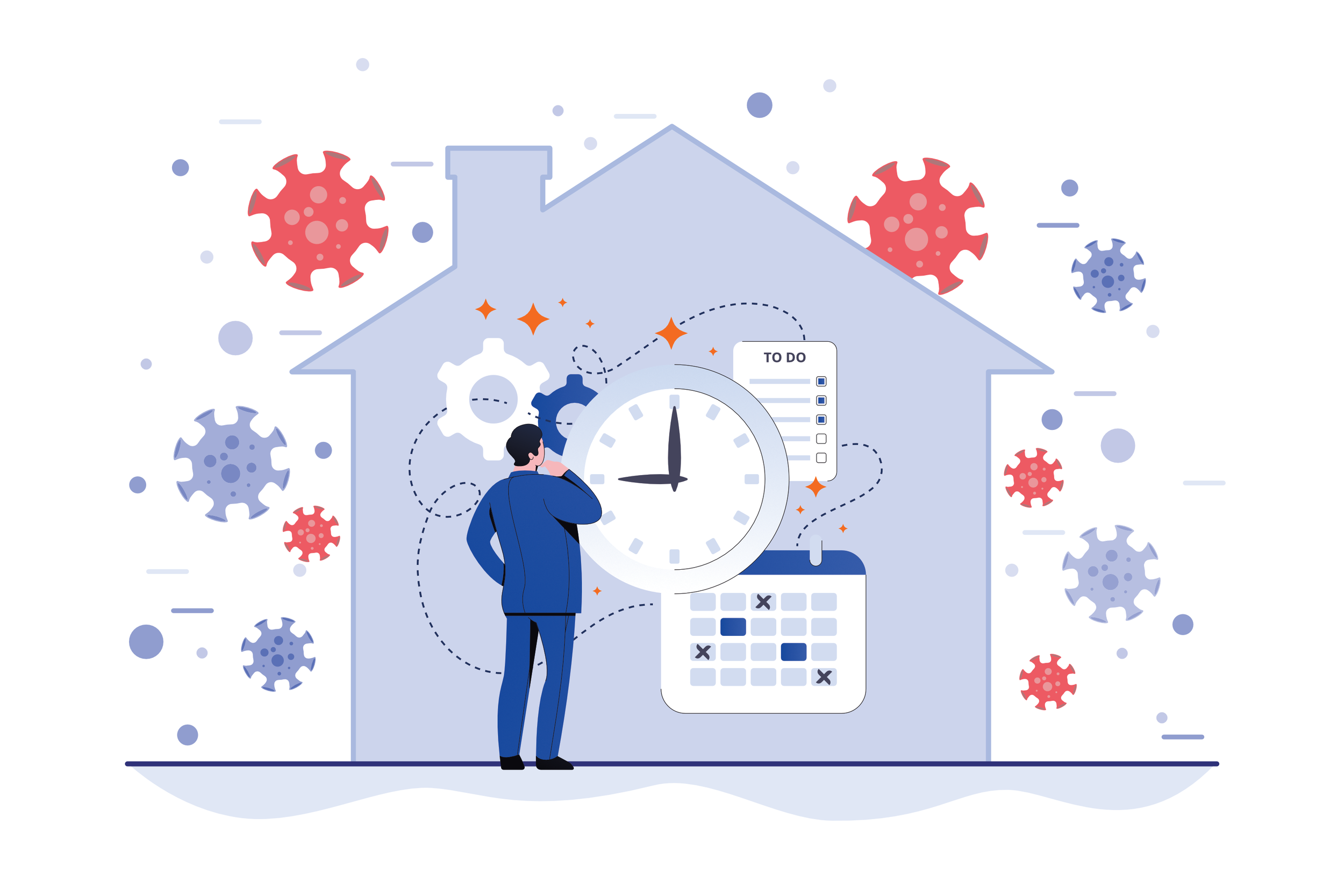Five Elements of a Rapid Response for Communities
After spending months scanning the globe to find promising innovations to support increases in naturally affordable housing, the team working on the virtual summit identified five strategies that communities could embrace to greatly reduce the damage of navigating forward through the crisis.
These Five Elements are:
1. Establish a Crisis Resolution Center for renters who are unable to pay their rent (and for the landlords who are struggling to collect rent).
This solution-oriented center would focus on “win-win” strategies for the renters and landlords that avoid evictions and help landlords not lose tons of money. We hope to create a shared, national resource kit that would include things like a rental addendum that would allow a lease to be temporarily modified to allow “emergency sub-leasing” so a renter could sub-lease and add a roommate to help get enough money to pay rent. It would also help people leverage other existing resources and new innovations that are part of the Rapid Response.
2. Deploy a Community Care Coordination platform to manage individual success plans and connections to resources.
An individual-centered technology platform and a process for helping people clarify their plans, leverage existing resources, manage referrals, and manage training materials can greatly streamline a more efficient and coordinated response to meet the various circumstances for individuals facing challenging circumstances. This would be integrated with the local 211 system and other relevant systems for health, social services, transportation and social supports.
3. Launch a coordinated home-sharing and room rental program
This would be especially valuable for homeowners who had extra bedrooms—and perhaps have lost a job and need money to help pay their mortgage. It could also allow renters to add a sub-lease for a room (or couch) to earn extra money to help pay the rent. The program would have several elements to reduce the risk and make the process more convenient. This is not about expecting people to invite chronically homeless people to live with them, but rather to facilitate, enhance and reduce the risks of having people rent a room to someone who they might already know and/or who is a person who has hit a temporary hardship.
4. Support Efficient Bartering to Make Housing Improvements
Since a lot of the people who need housing (or who may be unable to pay rent) will have time available (due to being unemployed or underemployed), they could use that time to earn hour-credits in a Time Exchange that could be used to pay rent. The homeowner (or landlord) could spend those hour-credits to either have that individual do home improvements or provide other services (running errands, etc.).
This could be enhanced by coordinating a “Tool Library” that would make it easy for people to borrow the tools that they need to be more productive.
5. Support and Enable “Incremental ADU” Development to add Accessory Dwelling Units
Even an aggressive strategy to expand Accessory Dwelling Units (ADUs) would likely take several months to begin adding new housing units that could begin to address the needs of the housing apocalypse that will begin to erupt yet this year. In contrast, this program will move much faster—with a step-by-step approach that starts with the flexibility to add temporary units while the permanent ones are being constructed or purchased from a company that manufactures ADUs off-site.




